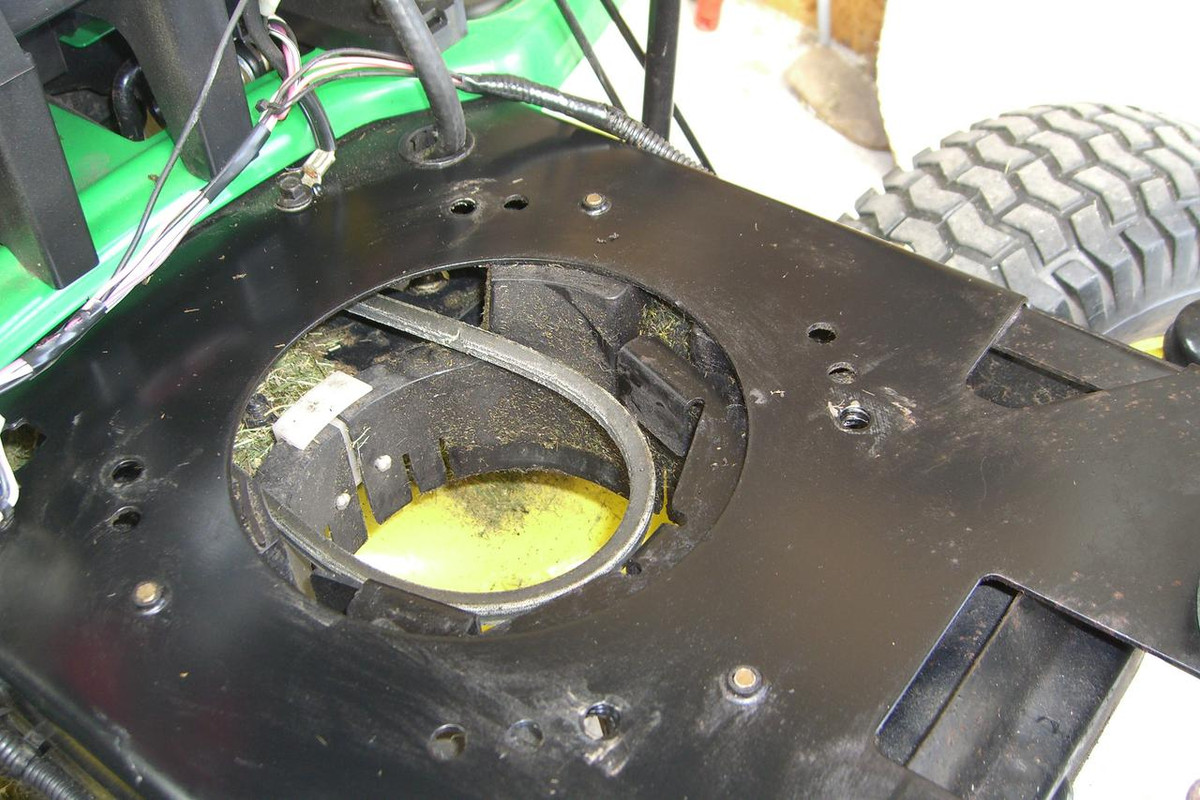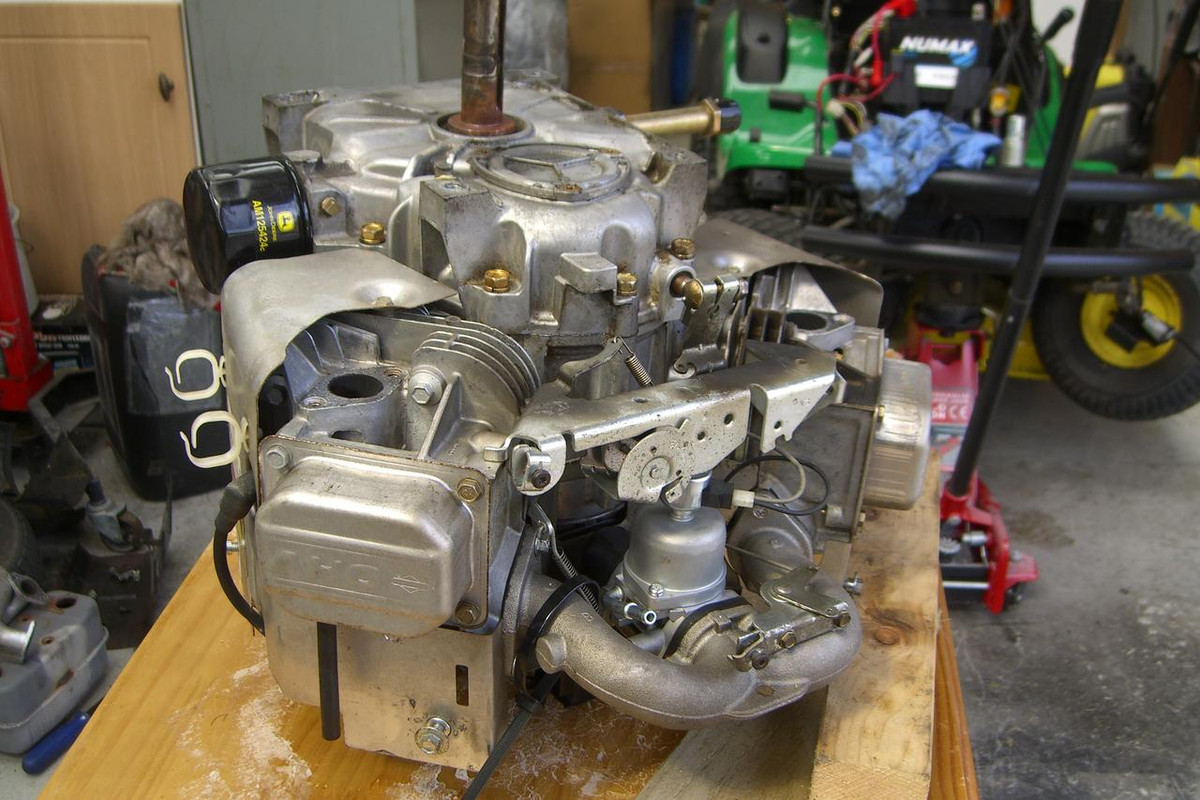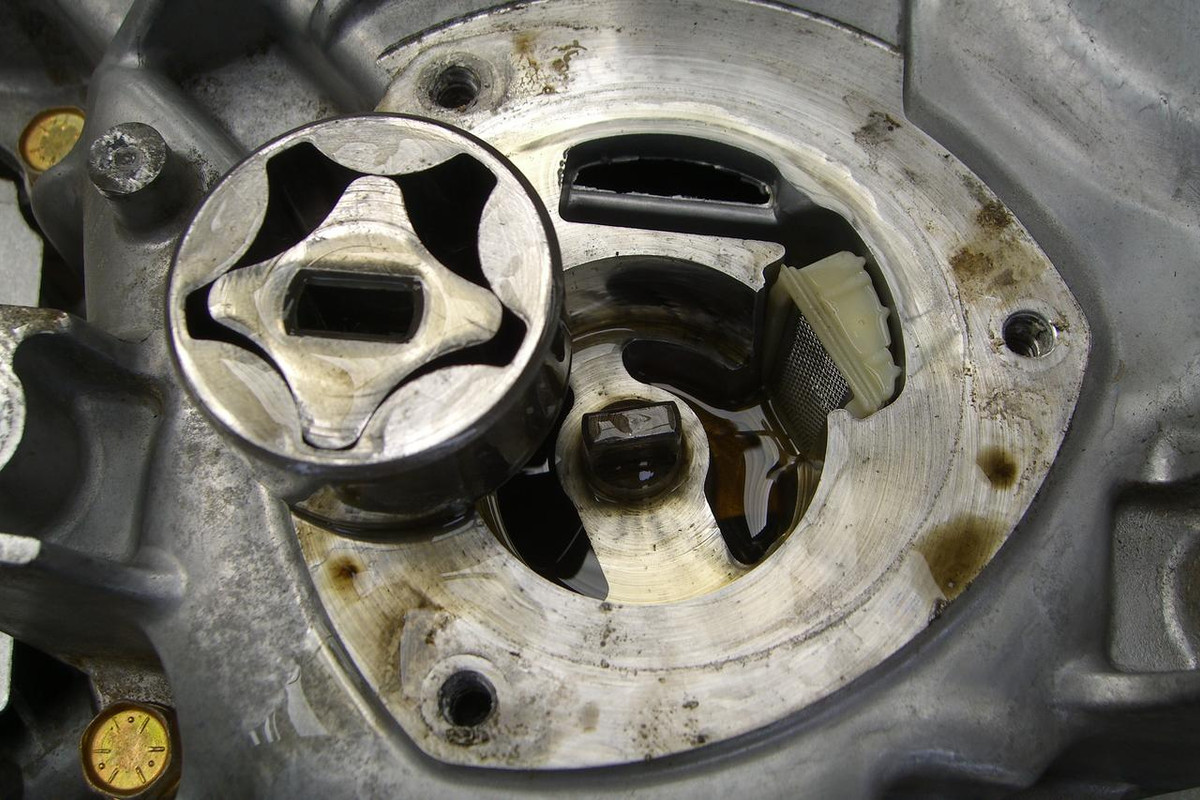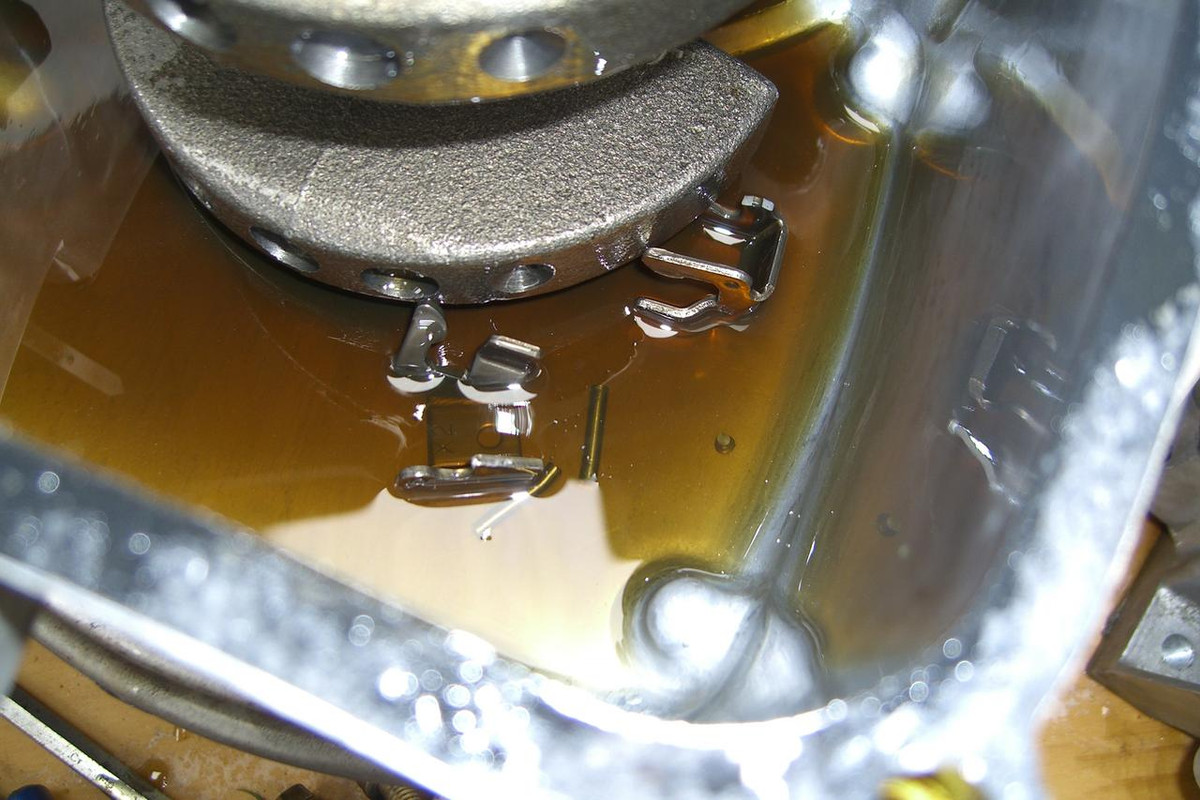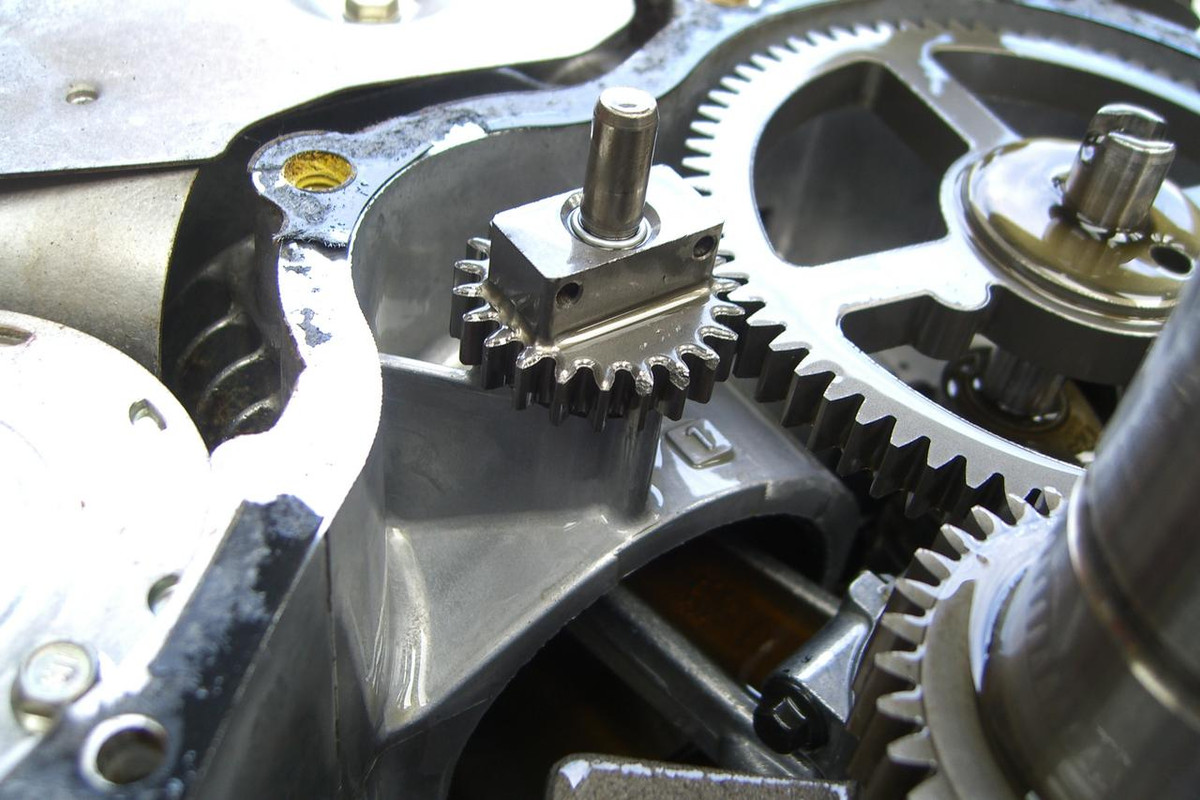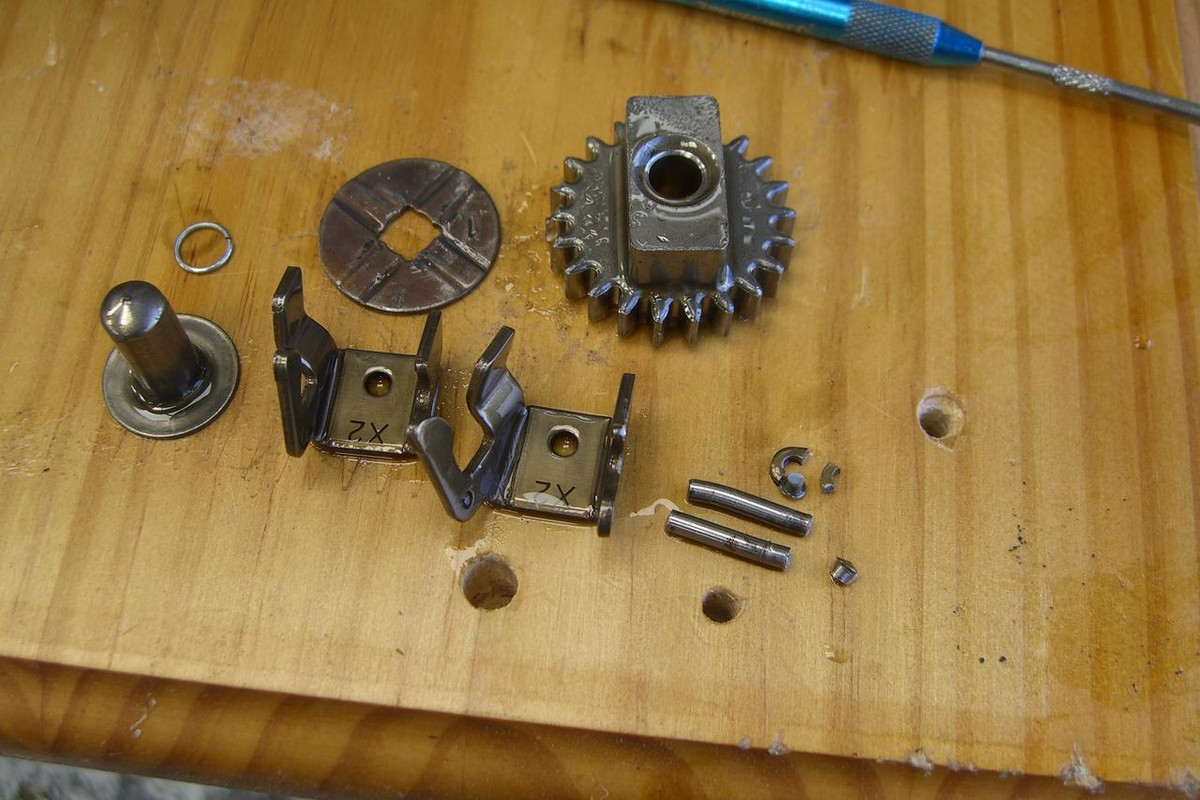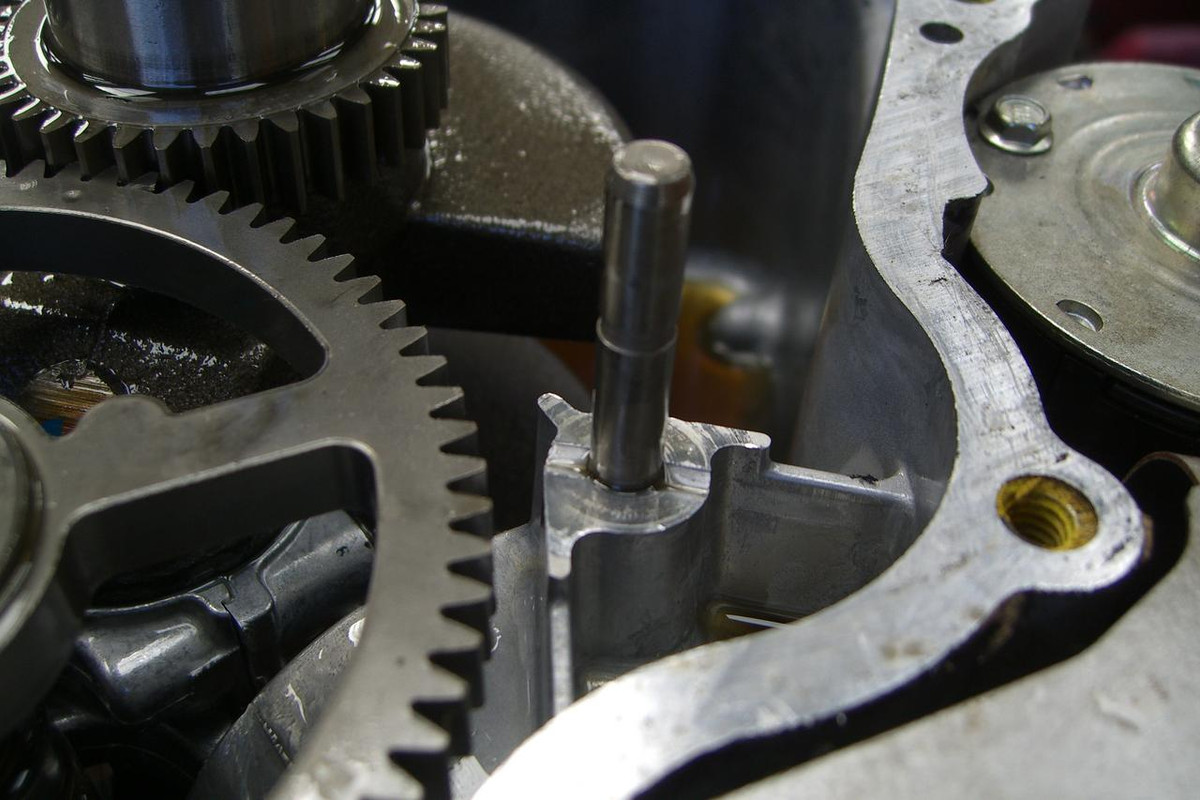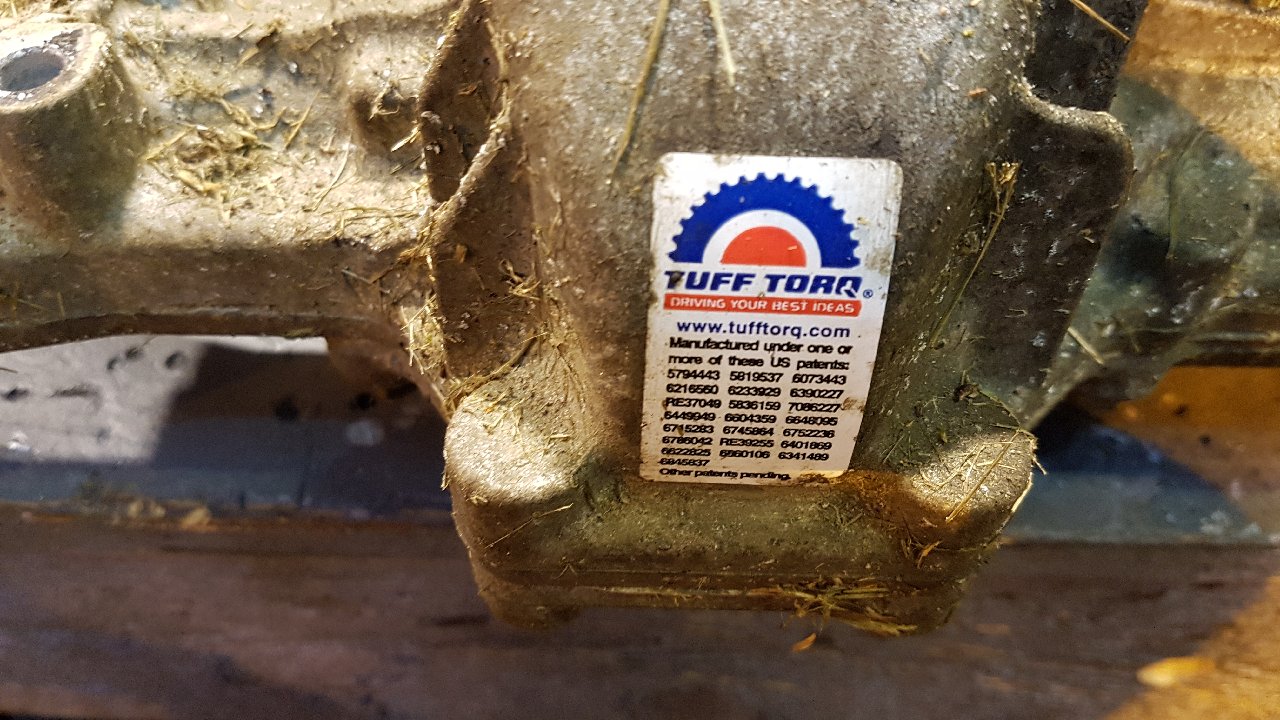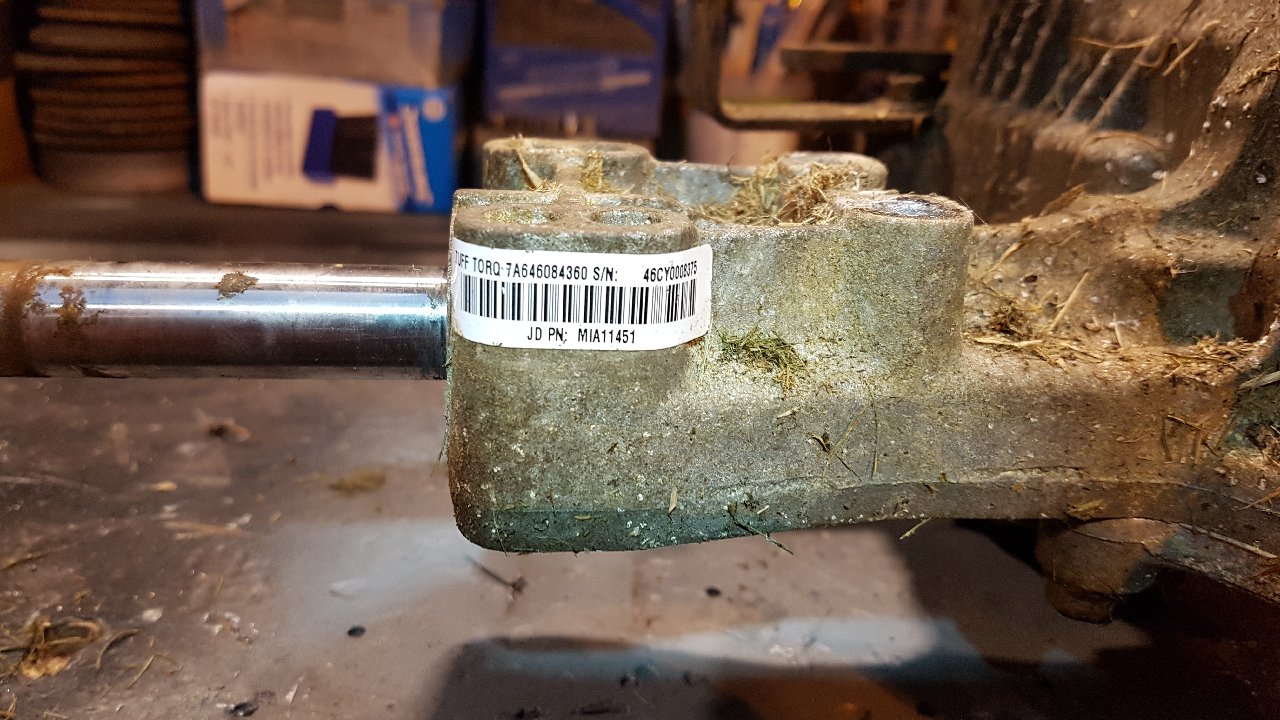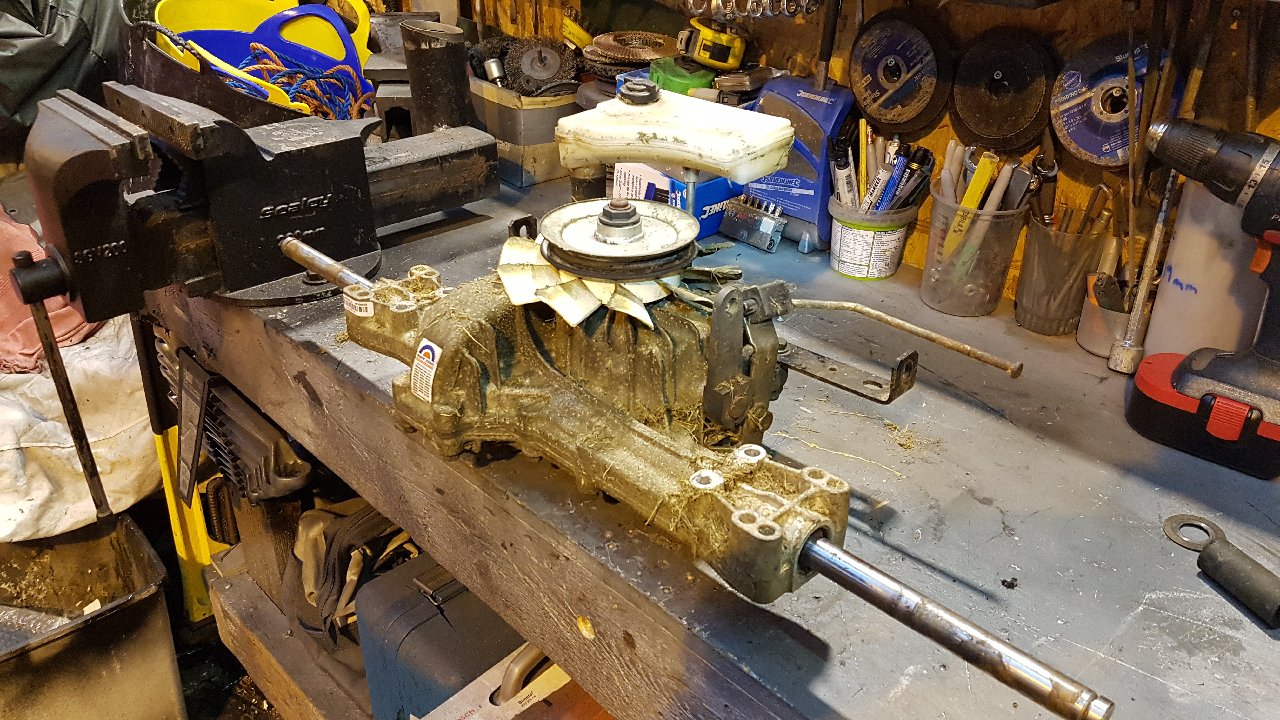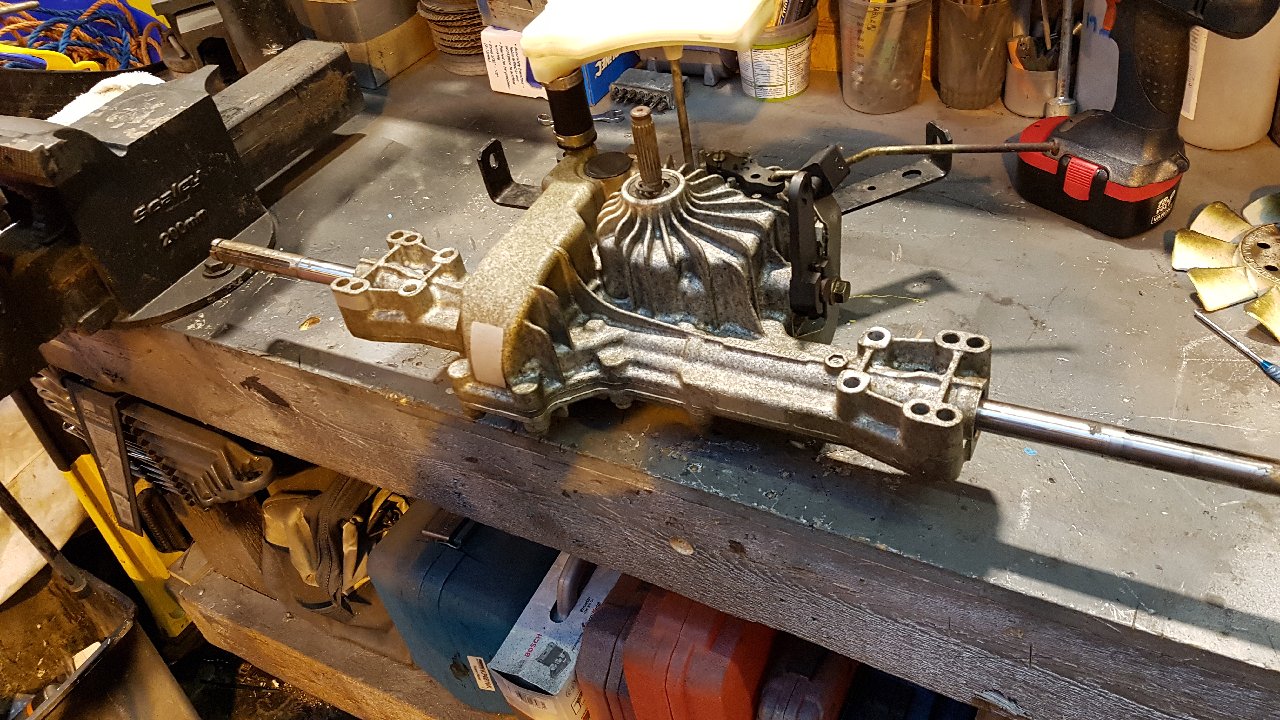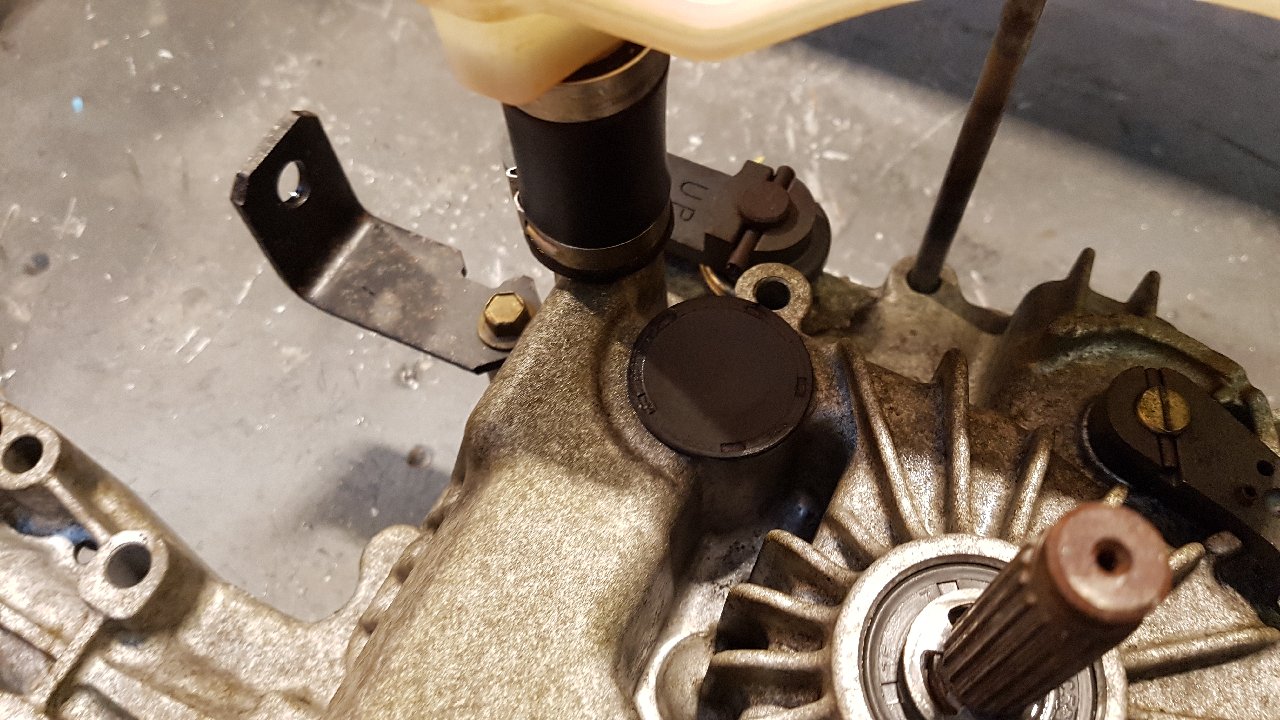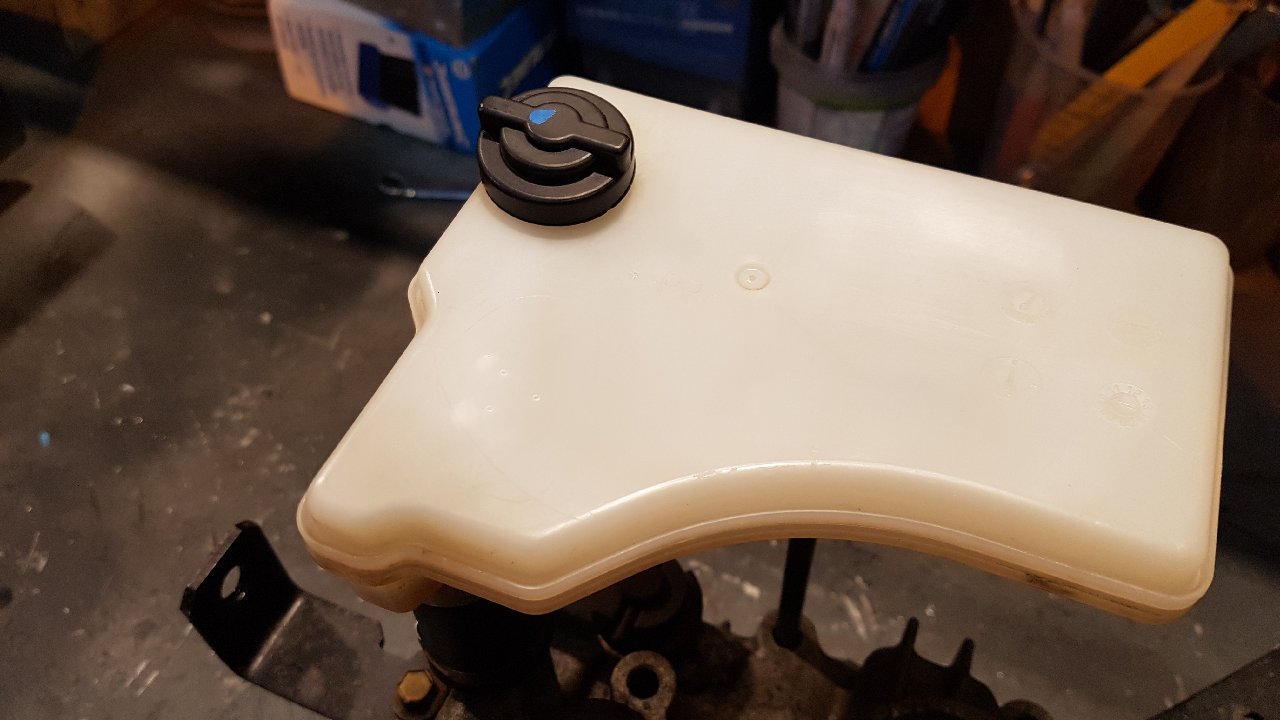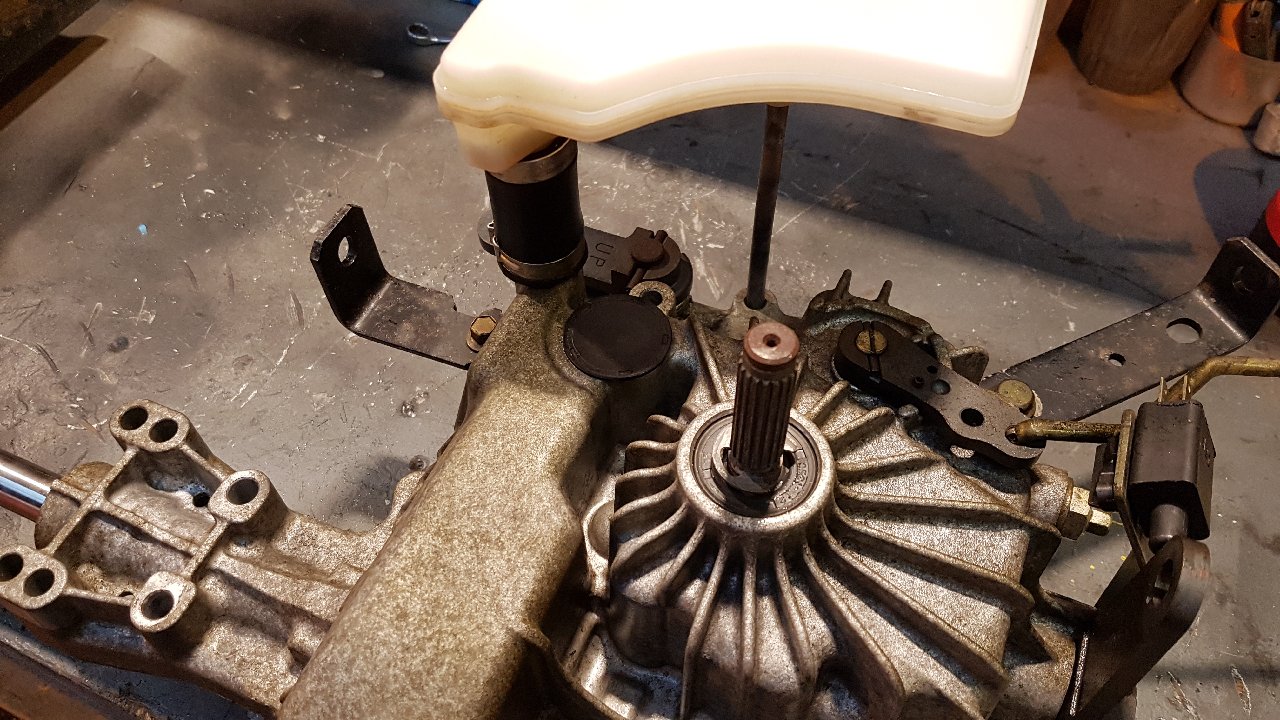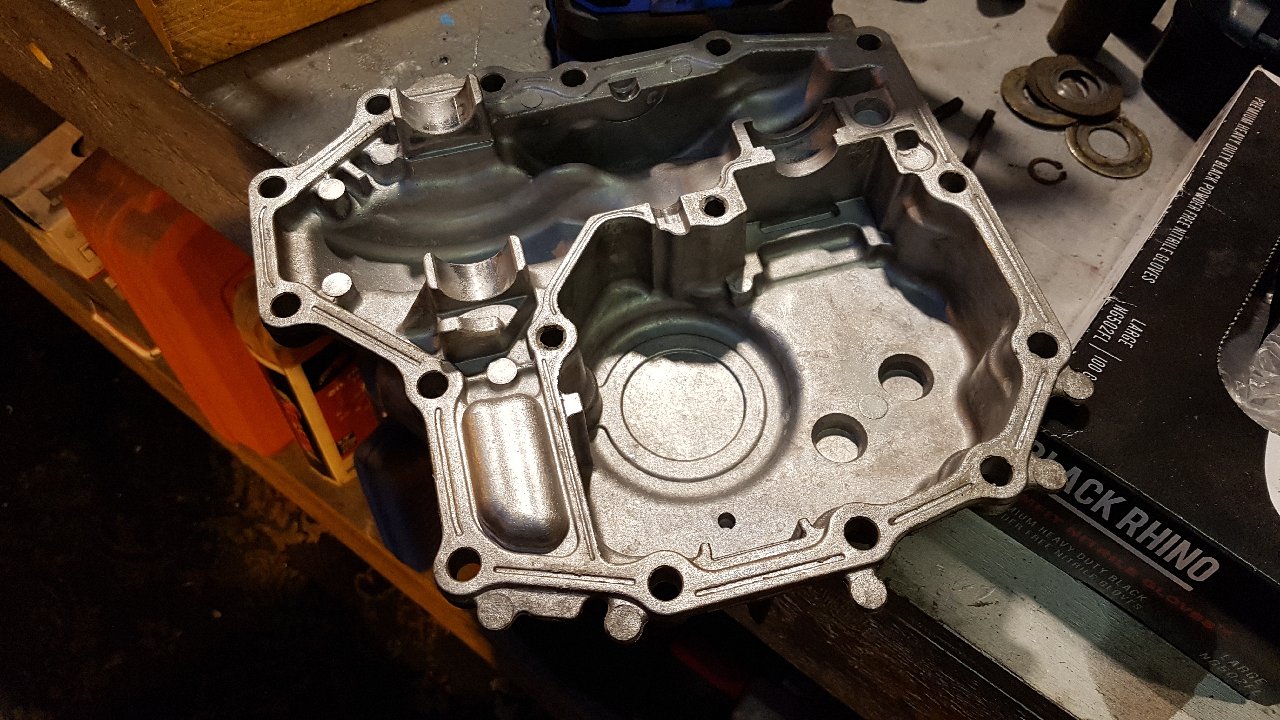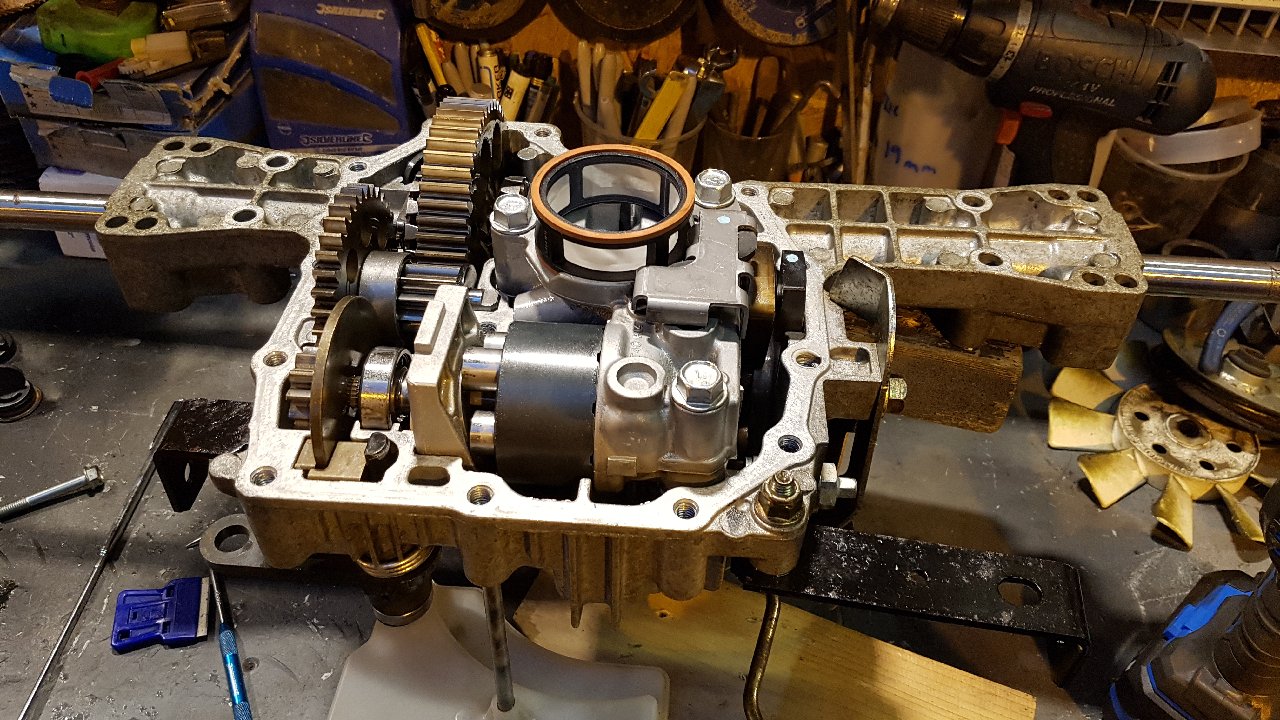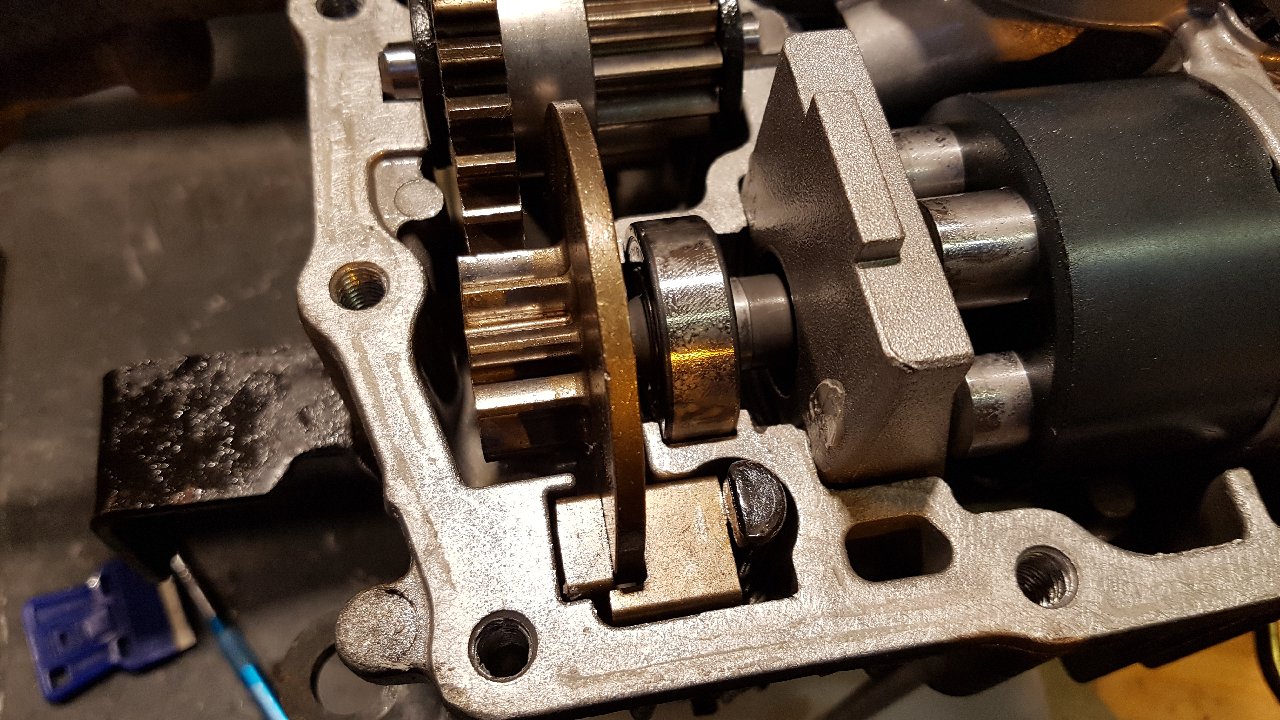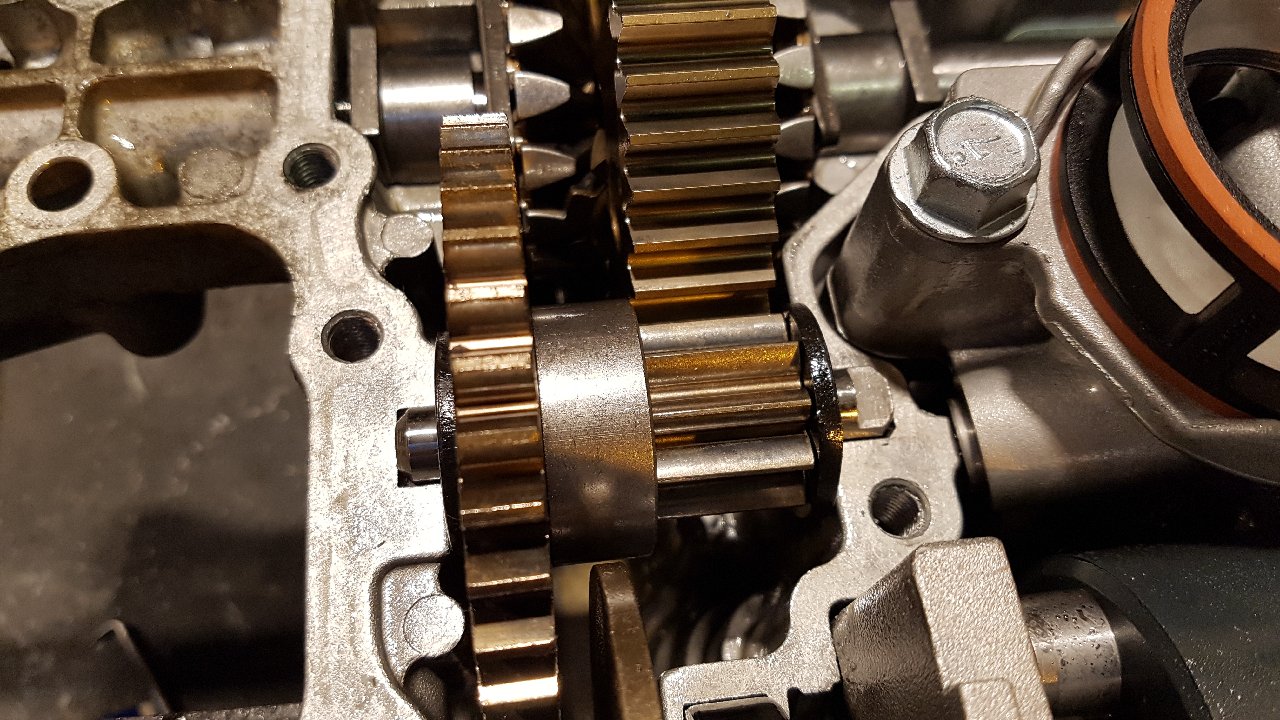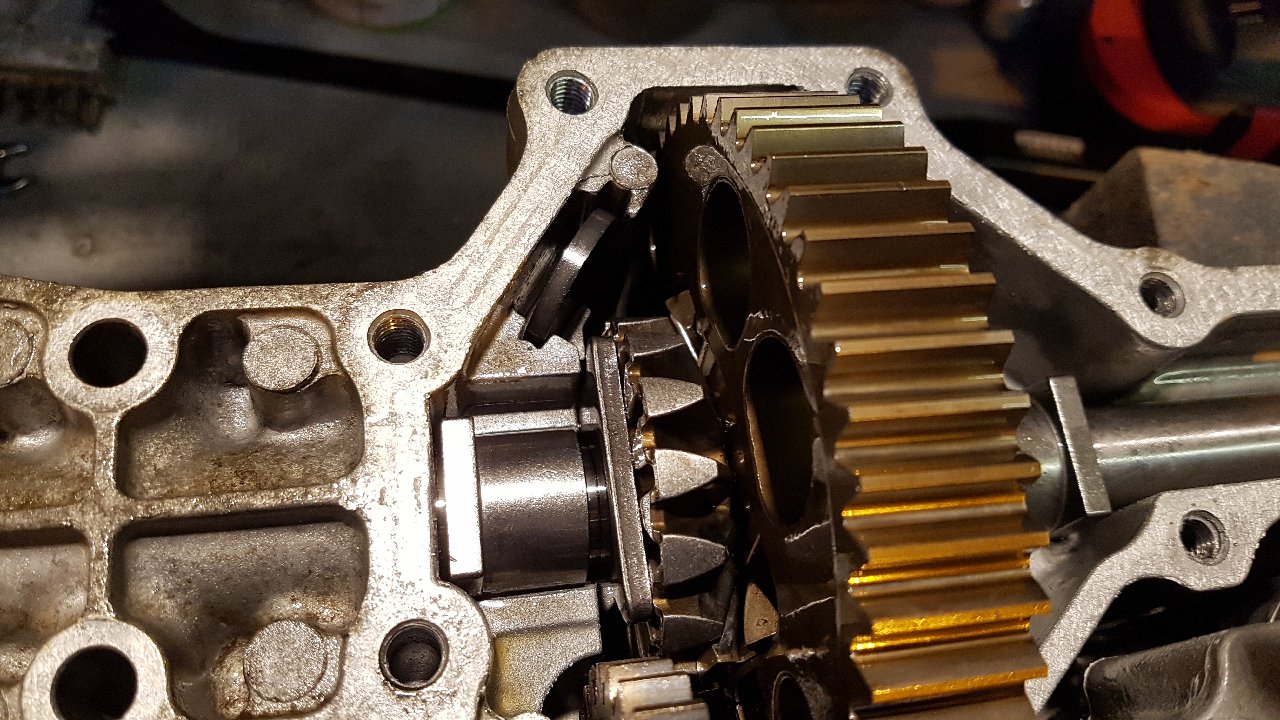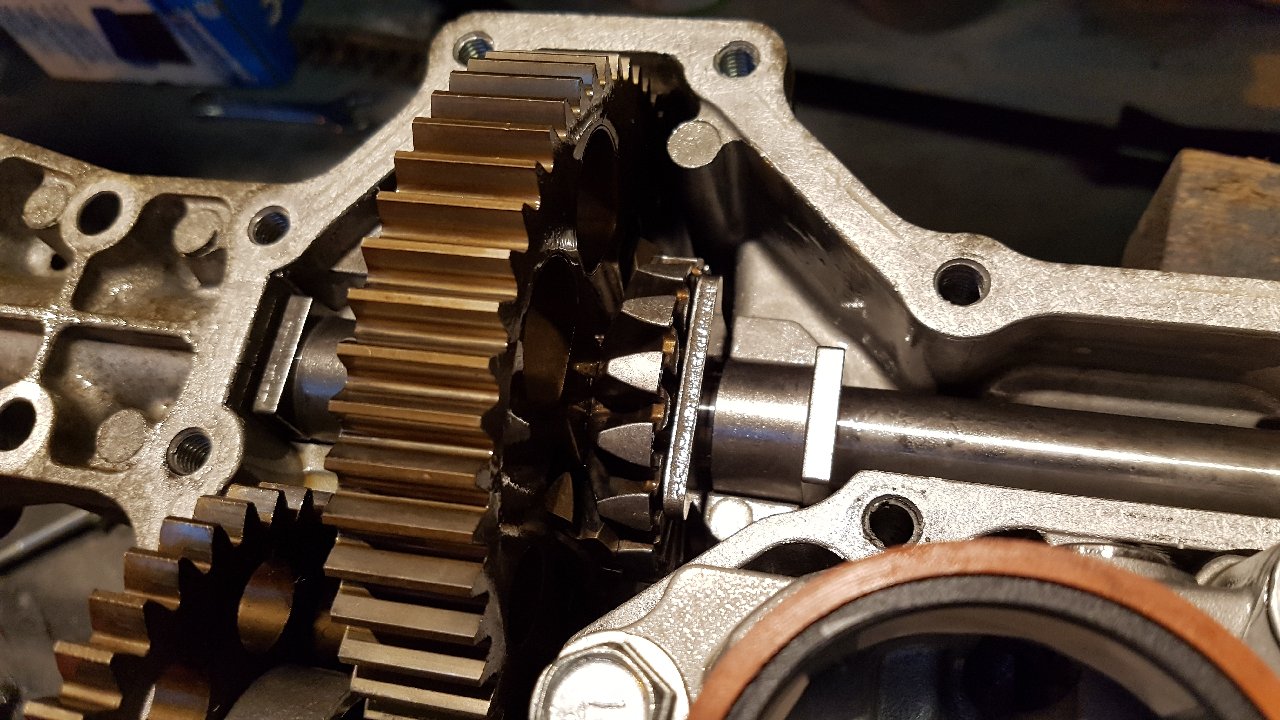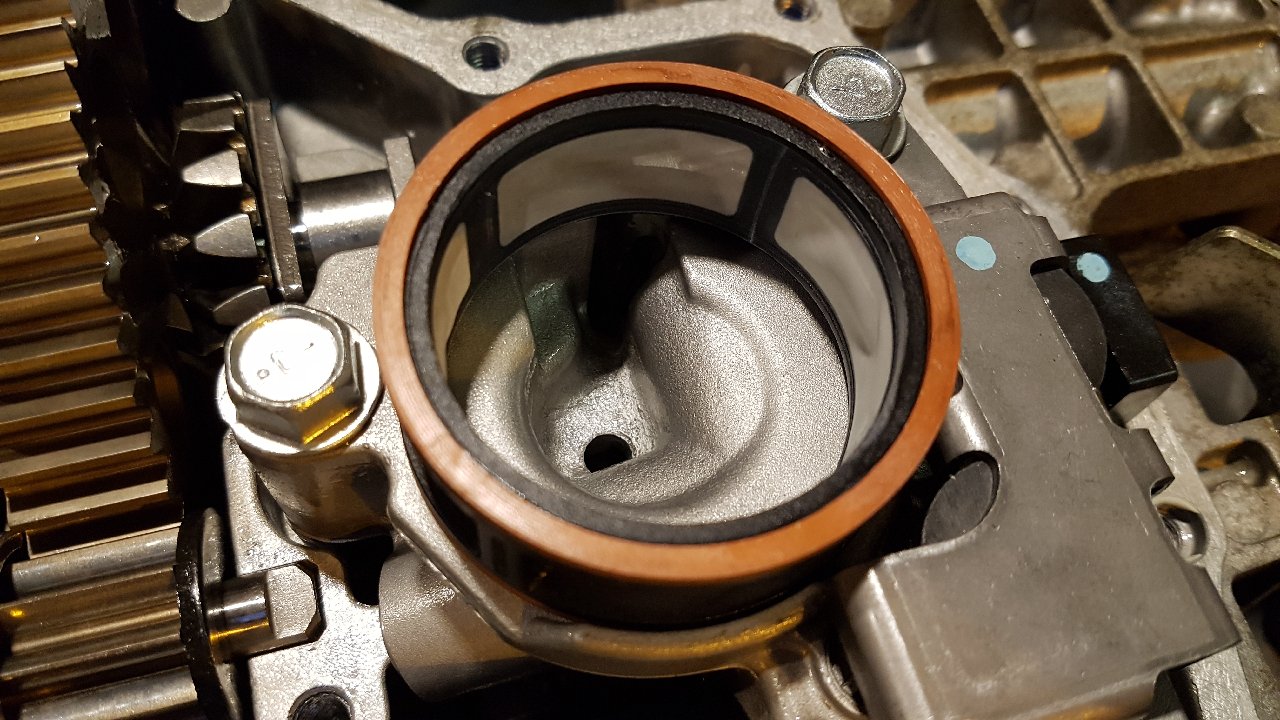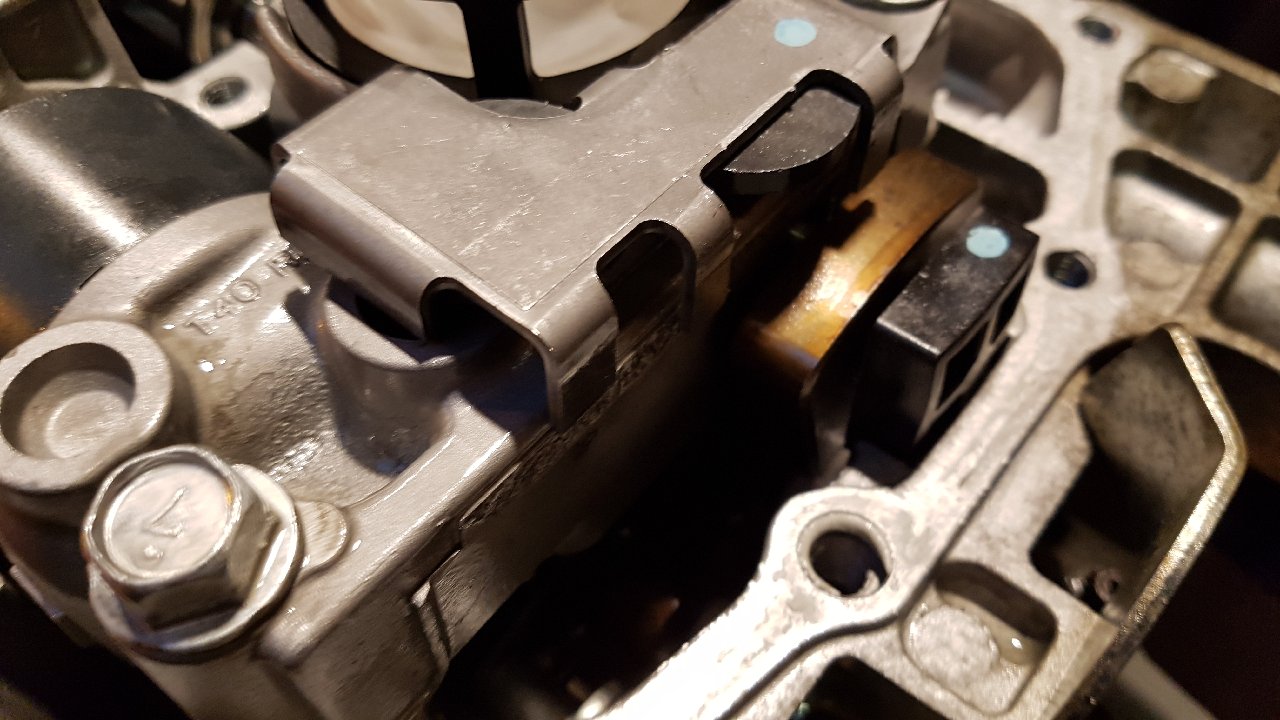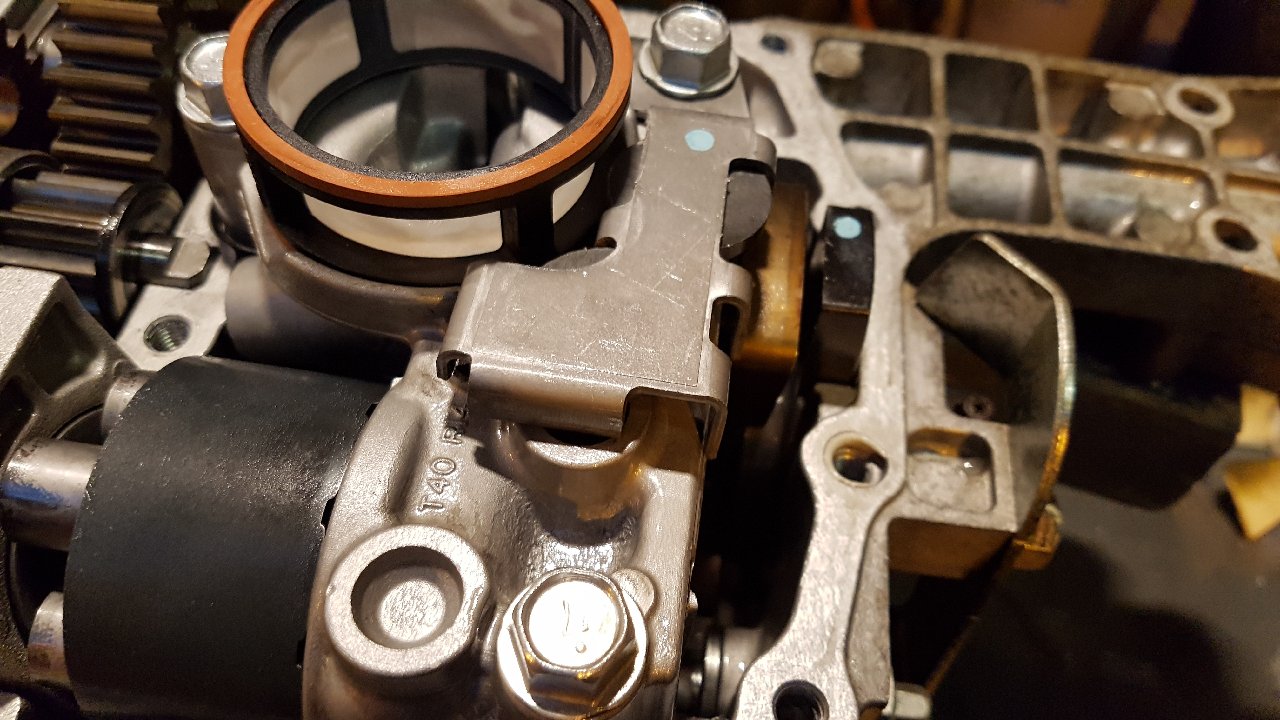Hello. I bought the above lawn tractor 2nd hand a few days ago. The tractor had been sitting unused for 2 years so I have spent the past couple of days giving it a good service and mild strip down and touch up paint. Intiially I drained the old fuel form the tank, filled up the take with premium fuel, changed the fuel filter, checked and topped up the oil and removed the plugs, checked the gap, and finally cleaned the air intake and filters. The plugs and filters were pretty clean, and the hours on the machine are 118 so it's quite likely it had a service around 100 hours. Anyway, I've done 1 cut of my grass with it but the engine was performing poorly, only running with full choke, occasionally losing power and bogging down, and definitely way down on power, so I stripped the carburettor off it yesterday to find the cup quite badly corroded inside and lost of crystaline particles inside - this is obviously from the fuel that had dried out in it over the last 2 years... I thoroughly cleaned the cup and carb out, and all orifices and such are now clean and free of debris and today when re-assembled and tested there has been a marked improvement in the running, but it still needs around 75% on the choke lever to idle smootly and run without misfires. If no choke is on when the engine is hot the idle is 'pulsing' and not steady, and there is a roughness to the running. Now, if I give the choke 100% when running (hot engine) the engine will misfire a lot and bog down (as expected) so I must be getting somewhere! I still have to change the spark plugs, but on inspection they appeared in good condition and quite new.
Do you think I should change the carb out for a new one, or does anyone have any other advice how to get the machine running with no choke? I have a service kit on order and will do a fresh air filter, oil filter, oil and spark plugs.
Do you think I should change the carb out for a new one, or does anyone have any other advice how to get the machine running with no choke? I have a service kit on order and will do a fresh air filter, oil filter, oil and spark plugs.


